It was not easy to get an appointment with 96-year-old Kamakshi Subramanian or Kamakshi paati as she is known in Adyar and Besant Nagar neighbourhoods.
When we reach out, she is at a dharna she has organised at Elliot’s beach against the proposed construction of a public toilet along the walking track. A passionate and dedicated civil activist, she has been a resident of Besant Nagar since 1980, after she relocated from Delhi to Chennai following her husband’s retirement from Central Government service.
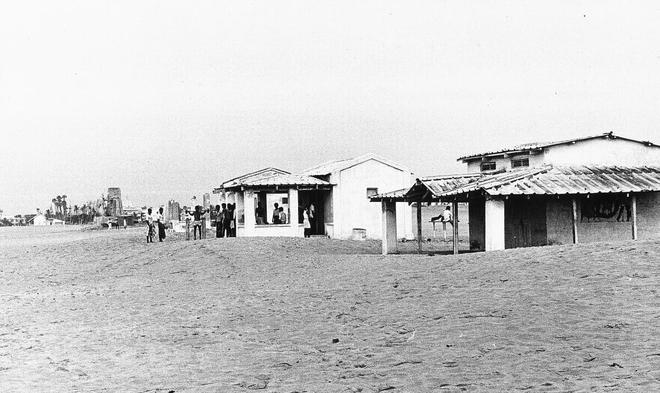
When we finally meet, she seems rather jubilant, as her meeting with the Mayor went well. As we walk along the beach, towards the Schmidt Memorial, enjoying the setting sun, she narrates how she ran from pillar to post to renovate and safeguard the memorial in 2012. “I am thankful to Vincent D’Souza, the then editor of the neighbourhood newspaper, Adyar TImes. I used to bombard them with phone calls and letters. Vincent would guide me patiently as to whom to contact for various civic issues in the neighbourhood. In 2013, I co-founded SPARK, a civic forum, along with Dilli Babu,” she says.
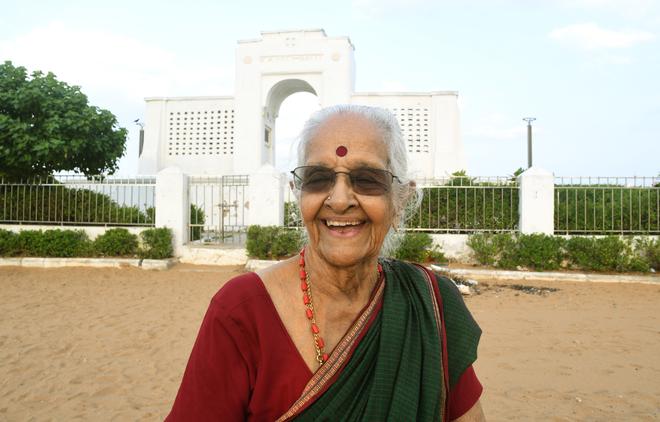
Kamakshi lived on Olcott School Road, now Fourth Avenue, Besant Nagar in the 1980s. “From our balcony, I would admire the huge trees in the school campus that did not have a compound wall, and whenever I spotted anyone entering the campus and chopping off the trees for wood, I would shout out and ask them to stop. The school management eventually built a fence. That is how I started civic activism.”
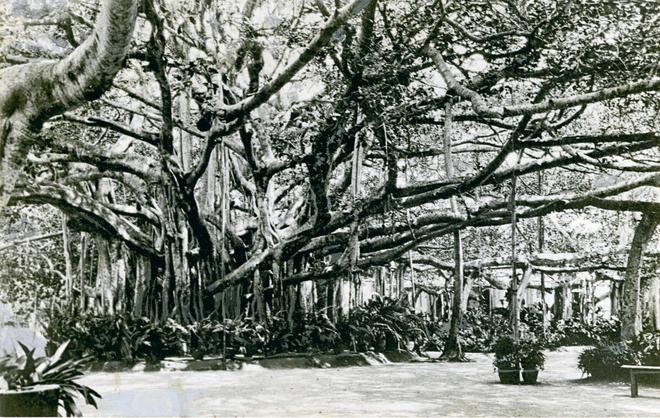
She talks about her father, who in 1940 purchased a house in Kasturba Nagar after he retired. “That house no longer exists, and in that place, a supermarket is functioning now. Those days, the house was referred to as Panamarathu veedu, as there was a single palm tree within the campus. Only two bus routes operated in Adyar in those days, namely, 5B and 19. Gandhi Nagar, Besant Nagar, Indira Nagar and Kasturba Nagar were considered posh localities, and many doctors, engineers, civil servants, and central government employees resided in the areas.”
Kamakshi points to the beach’s natural dunes, saying “these are not to be messed with, as they are natural barriers,” she says. As a teenager, she remembers visiting Besant Nagar Beach. “Those days, the shore was much longer and extended to the tar road that we see today. There were no lights, and generally no one went to the beach after 6pm. I used to pick up shells and pebbles, and I have spotted many turtles. and tiny crabs.”
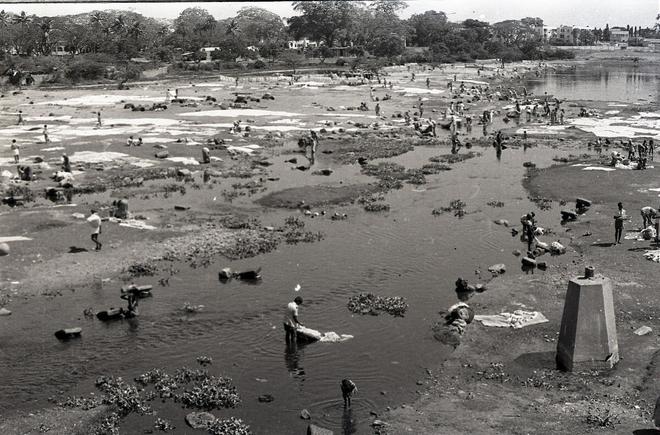
“Besant Nagar and the surrounding areas had absolutely no encroachments back then. There were very few shops and commercial establishments. Besant nagar bus terminus, the Velankanni Church and Varasiddhi Vinayagar and Besant nagar water tank came up in the 70s and were the new landmarks,” she says, adding “It was nothing but a vast stretch of land with few buildings here and there.”
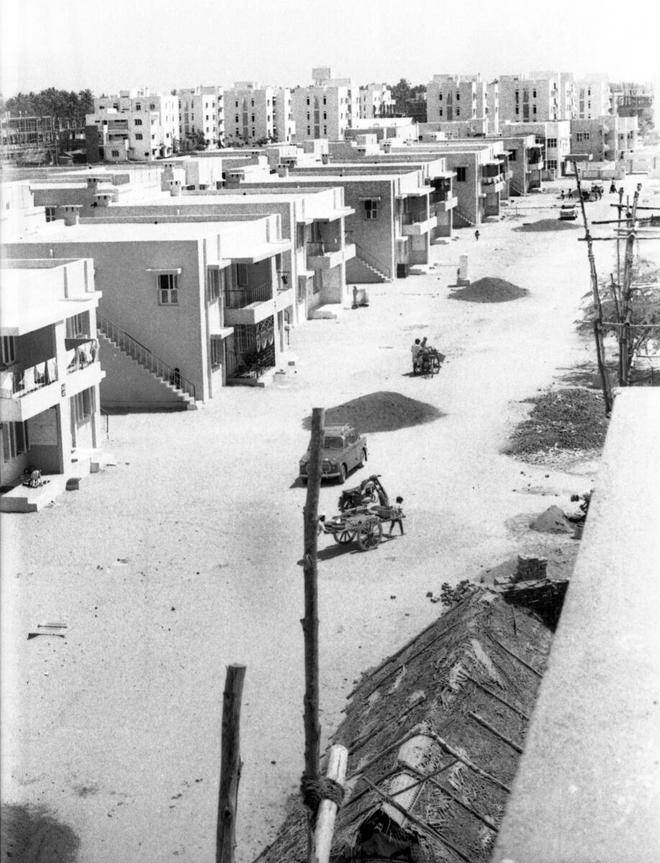
“Back then it was simple food, simple life but a lot of happiness,” she says, adding sternly, “People seem to eat too much these days. The place is full of eateries!” When she was younger, she says Coronet, Runs and Durga Bhawan were Adyar’s popular restaurants, along with Adyar Bakery.
As we walk back to the car, she says “People preferred to travel by bus and cycle rickshaws back then. There were very few taxis or autos.” She adds, “In those days, if you crossed Adyar Bridge and reach Theosophical Society, you were in Adyar, and similarly, crossing the bridge to the other side meant you were in Mylapore. Adyar Aalamaram (The Great Banyan Tree) within the Theosophical Society campus was a big attraction and tourists would come from all over the place to see that tree. A trip to Mylapore was rare, and only to visit the Temple. .“
At that time she says Lattice Bridge Road was deserted and dotted with timber shops. “The telephone exchange, Varukadalai shops, one shop selling vessels and plastic goods are all I remember along that road,” she says. After a thoughtful pause, she adds, “I must tell you about the police uniform. Policemen wore stiffly starched shorts and a hat strapped to their chin.”
She continues, “I have been a resident of Besant Nagar for over four decades, and I am 96 years old.” She says she in undeterred by critics, “Everyone says that I am always complaining and cribbing... But I continue to be a civic activist.“
As we get ready to leave the beach, we are approached by a corporation staff member who demands Rs 60 as parking fee. “We were here for 50 minutes, and the fee is Rs 4 per hour Do what you can, I will not pay anything more. You do what you can,” she says firmly.
She looks at me and says, “Just drive and never succumb.” Clearly, Kamakshi Patti is as relentless now, as she was 40 years ago.







